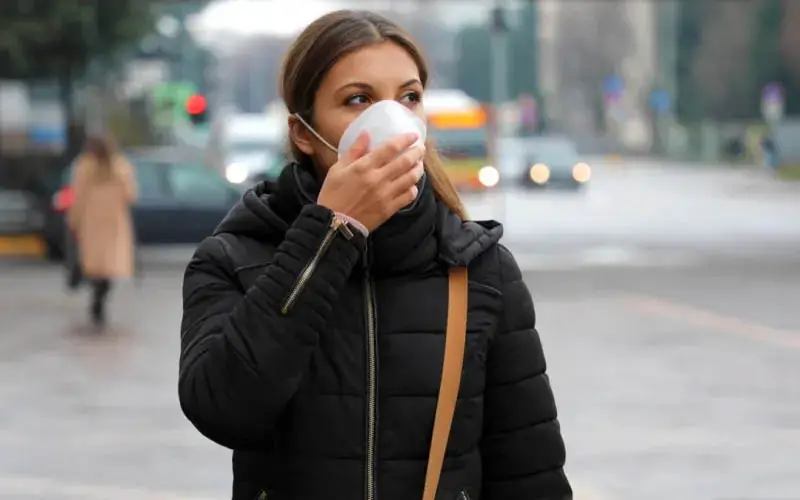As we enter the fall season, COVID-19 remains a persistent threat in many areas across the U.S., with health experts urging communities to stay vigilant. According to the CDC, tracking the virus through wastewater surveillance is proving to be an effective tool for monitoring its spread. This method offers an early glimpse into rising infection rates before they are fully reflected in clinical data, allowing for faster responses. Wastewater data, collected from participating states, tribal, and local health departments, is submitted to the CDC, which standardizes the information to create a clearer picture of COVID-19 trends.
Based on this data, several states are currently experiencing “very high” COVID levels, with the rankings providing insight into where the virus is most prevalent. Here are the states with the highest rates, ending with the hardest-hit.
13. Massachusetts

Massachusetts now ranks 13th, up from 17th. The increase in “very high” COVID levels shows that the state is struggling to contain the virus, with cases remaining stubbornly high.
12. Iowa

Iowa jumped from 24th to 12th place, signaling a rise in “very high” COVID levels. The state’s upward trend suggests that health officials are likely to face continued challenges.
11. North Carolina

North Carolina dropped slightly in the rankings, moving from seventh to 11th. However, the state’s “very high” COVID levels remain a critical issue, with no signs of the situation improving quickly.
10. Nebraska
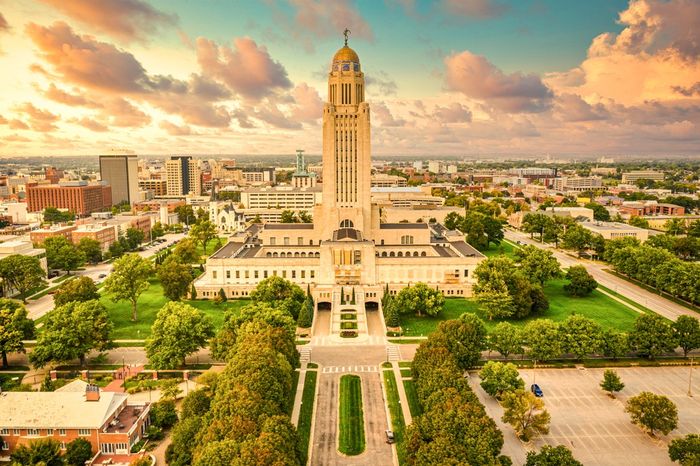
Nebraska has climbed significantly in the rankings, from 32nd to 10th place. The state’s “very high” COVID levels suggest that the virus is spreading at a faster rate than in previous weeks.
9. Virginia
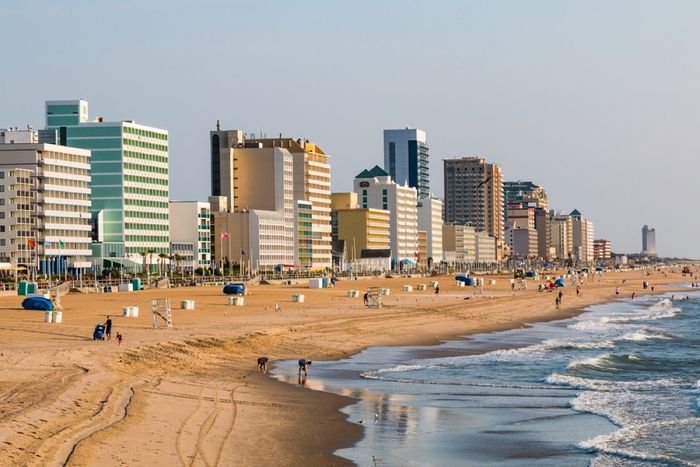
Virginia’s ranking has skyrocketed from 48th to ninth place, marking a dramatic shift in the state’s COVID situation. The sudden increase in “very high” levels indicates a worrying trend for the region.
8. Arkansas

Arkansas continues to see “very high” COVID levels, now ranking eighth, up from 12th. The state’s numbers show a steady rise, reflecting ongoing struggles with the pandemic.
7. Maine

Maine saw a slight increase in its ranking, moving from ninth to seventh. The “very high” COVID levels in the state continue to be a cause for concern, though the trend seems to be stabilizing for now.
6. Oklahoma

Oklahoma, once at the top of the national rankings, has dropped to sixth place. Despite the dip, the state still faces “very high” levels, with numbers remaining a serious public health issue.
5. Vermont

Vermont now ranks fifth, a substantial rise from its previous position at 14. The state is grappling with escalating “very high” COVID cases, reflecting a trend seen across New England.
4. Colorado

Colorado has experienced one of the most significant jumps, moving from 20th to fourth place. The state’s “very high” COVID levels show a steep increase in recent weeks, highlighting growing concerns for local health officials.
3. Minnesota

Minnesota’s COVID situation remains critical, holding the third position nationally. While it dropped slightly from its previous fifth-place rank, the “very high” level indicates the virus is still widespread in the state.
2. Washington
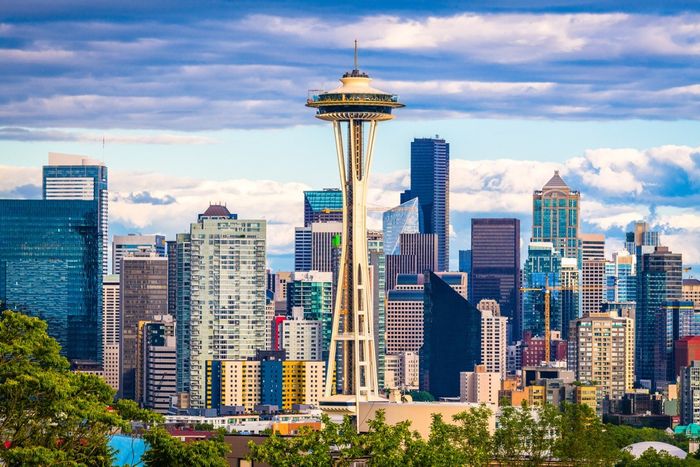
Washington has climbed four spots to claim the second-highest ranking for “very high” COVID levels. The state’s numbers show a concerning trend, moving up from sixth to second, suggesting increasing public health challenges.
1. New Hampshire
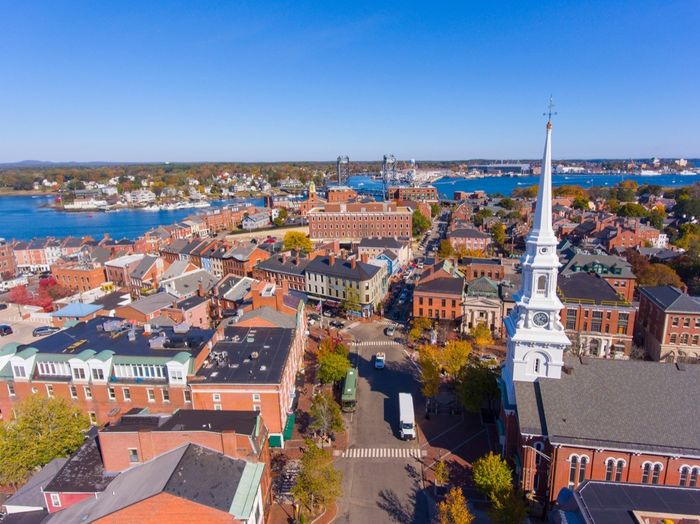
New Hampshire has seen a notable rise, now ranked as the state with the highest “very high” COVID levels in the nation. Previously ranked third, the Granite State’s situation has worsened, with a steady increase pushing it to the top.
How to Stay Safe
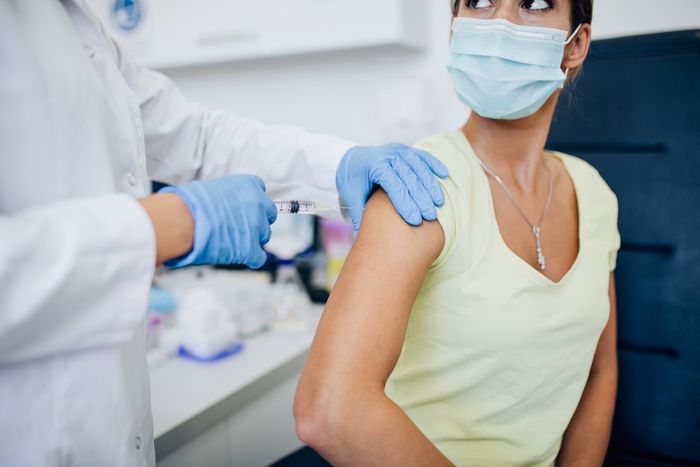
To stay safe from COVID-19 this fall, the CDC recommends several key strategies. Stay current with the new COVID shots available, which are designed to offer protection against the latest variants. In areas experiencing high transmission rates, consider wearing masks in crowded or enclosed spaces, especially if you’re at higher risk or around vulnerable individuals. Regular hand washing and using hand sanitizer remain essential for reducing the spread of the virus. If you feel unwell, it’s important to stay home, get tested, and follow isolation guidelines if you test positive. Staying informed about local COVID-19 levels, such as through wastewater data, can also help you make smart decisions about precautions in your community.
We offer the most up-to-date information from top experts, new research, and health agencies, but our content is not meant to be a substitute for professional guidance. When it comes to the medication you’re taking or any other health questions you have, always consult your healthcare provider directly.
